From November 23rd until the end of summer 2020, the sculpture is getting a thorough cleaning
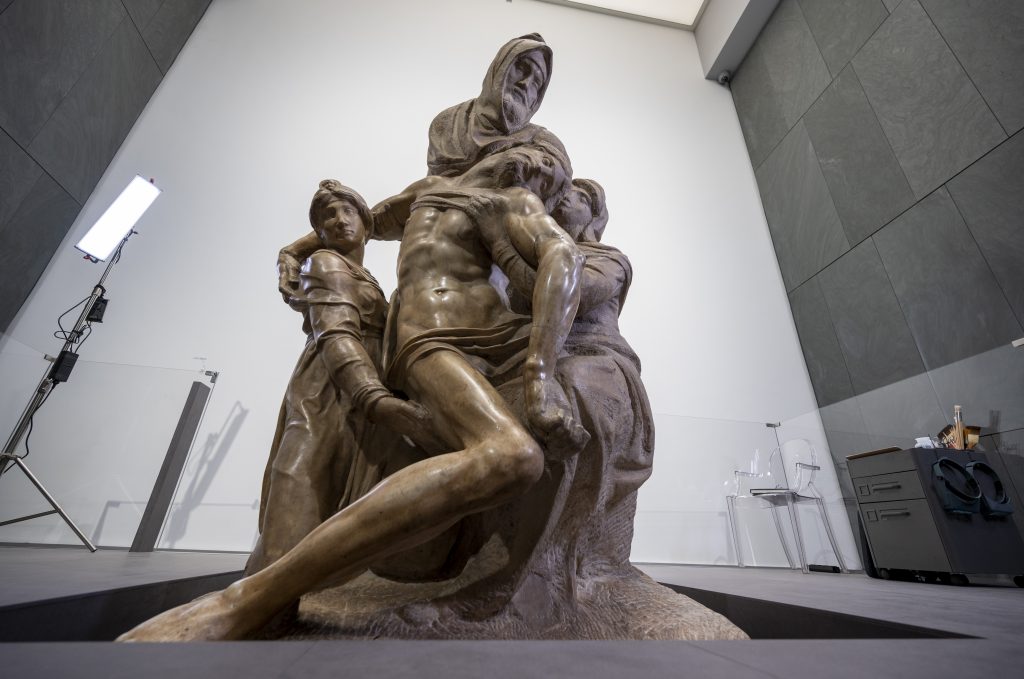
Visitors to the Opera del Duomo museum this week have received a surprise as they arrive into one of the most popular rooms in the museum: the Pietà by Michelangelo is being restored! The wonderful news is that the Pietà Bandini, as it is known, hasn’t been carted away to be cleaned and restored in a lab somewhere, the work is actually being carried out on the spot directly in the museum. A special platform has been built around the work and permits visitors to see the work as it is done, with cameras showing on nearby screens what is going on.
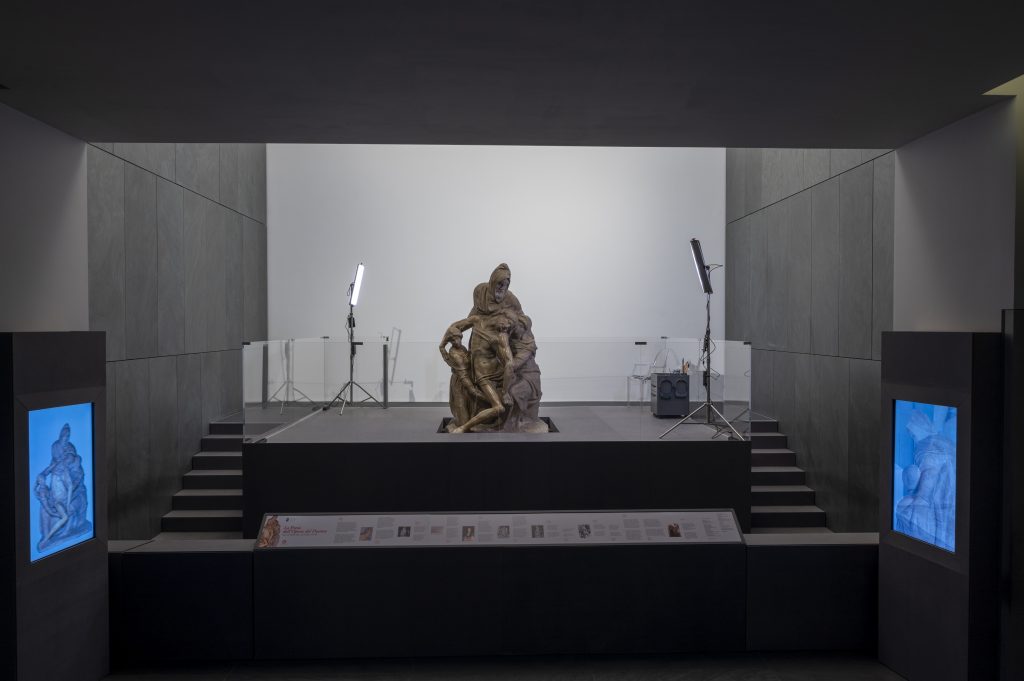
Many of the works at the Opera del Duomo have been renovated since its grand reopening in November 2015 yet the Pietà remained as one of the few still to be completed. Work started this past week on November 23rd and should be completed by next summer. Visitors to the museum will be able to see all phases of the restoration, thanks to the special “open” area that has been created all around Michelangelo’s sculpture.
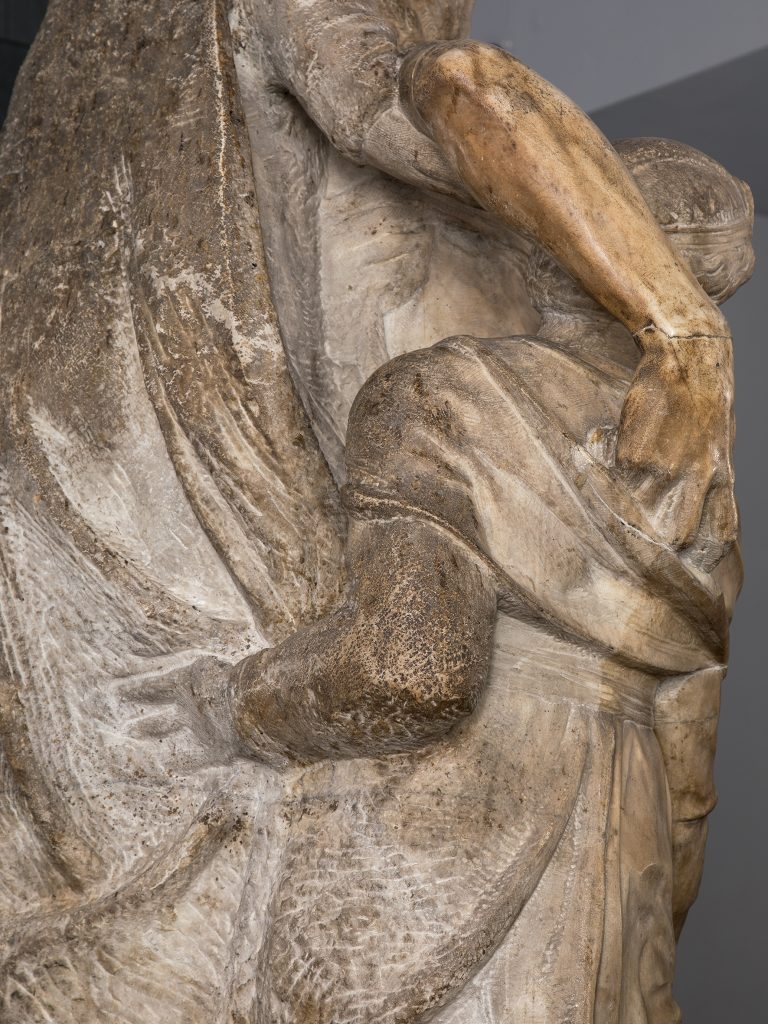
The renovation, commissioned by the Opera di Santa Maria del Fiore and financed by the Friends of Florence Foundation, will be carried out by professional restorer Paolo Rosa and her team. The sculpture, carved out of white marble from Carrara in Tuscany, was created between 1547 and 1555 in Rome when Michelangelo was around 80 years old. It is one of three Pietà created by Michelangelo in his lifetime, and quite unique: the body of Christ is being held up not only by Mary as in the other two but also by Magdalene. Even more unique, Michelangelo decided to give Nicodemus his own face. That this is so is confirmed by his biographers, Giorgio Vasari and Ascanio Condivi. We also know that the sculpture was to be housed in an altar in a church in Rome where Michelangelo was hoping to be buried under. The Pietà is considered another of Michelangelo’s “opera non finita” masterpieces, just like the Prisoners at the Accademia Gallery.
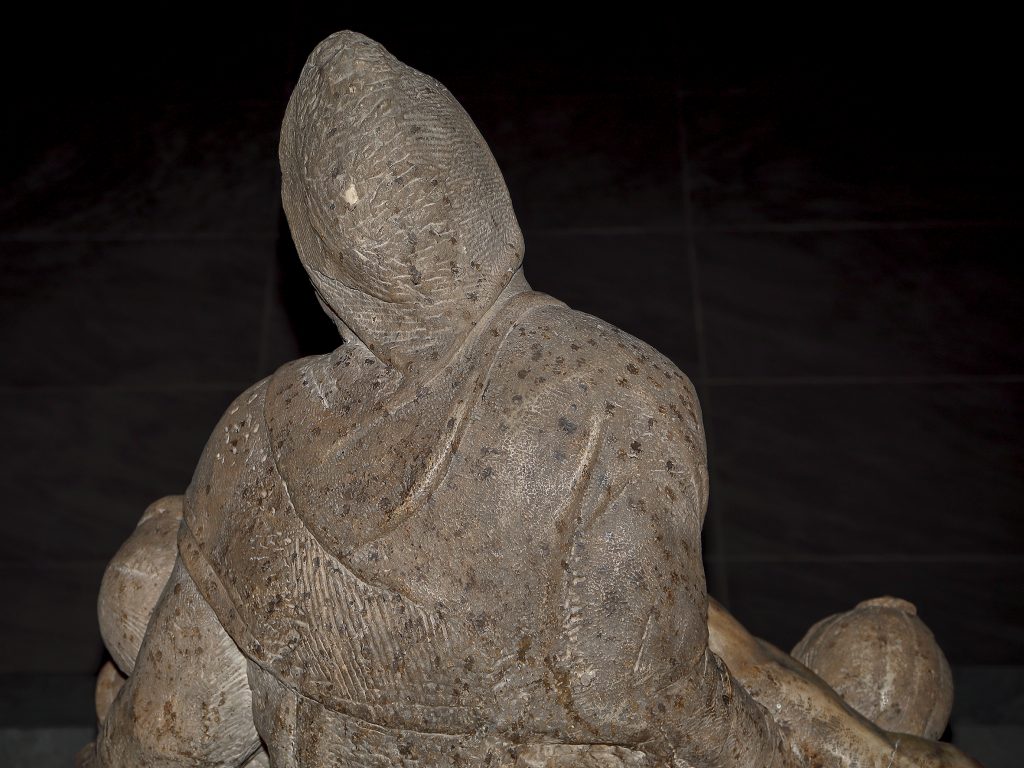
The planned restoration will be very considerate of the sculpture’s amber color and the patina that has formed over the centuries and which has aged the original white color of the marble. The first stage of the works will, in fact, be diagnostic to see what needs to be done to remove deposits and other material that might not make it easy to appreciate the genius of Michelangelo’s work. In over 470 years of “life”, the statue has had very few restorations done on it. The most major was actually done just a few years after, since it said that Michelangelo not only did not finish the work, he actually tried to destroy in a moment of despair. He actually gives away the damaged work to his servant, who has it restored and then sells it. After over a hundred years in Rome, first in a villa and then in a palace in Montecitorio, it was eventually sold to Cosimo III, Grand Duke of Tuscany, in 1671. It takes a few years to figure out how to get it to Florence and, once here, it was housed in the under crofts of the Basilica of San Lorenzo for over 40 years. In 1722, it finds a place of honor in the Cathedral Santa Maria del Fiore, right BEHIND the main altar. It will remain in the Duomo even through the Second World War, when special cases were built to protect the works inside. It’s position in the Sant’Andrea chapel was more visible and it remained there until 1981, when it finally finds its home inside the museum of the Opera del Duomo.
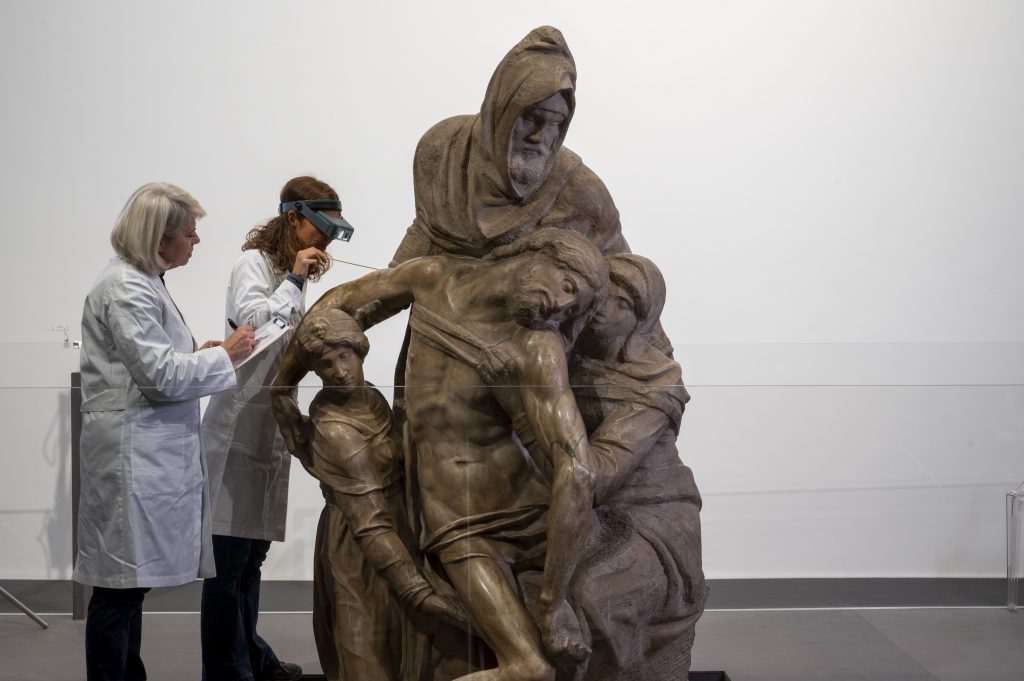
When I first arrived in Florence, it was in an alcove between two floors… almost easy to not realize it was there. I was very happy to see it in its present location in the remodeled museum and get the chance to admire it up close. I look forward to seeing it “cleaned” up!
The Museum is open every day from 9am to 7:30pm, closed on the first Tuesday of every month.
Admission is with the OPA Pass which costs €18 and is valid for 3 days. Read more about the Opera del Duomo museum here.
All photos used are with permission from the Museo dell’Opera del Duomo. The header photo shows chromatic differences between the polished and ragged surfaces and the presence of old plaster used for various additions in the past (photo by Alena Fialová).